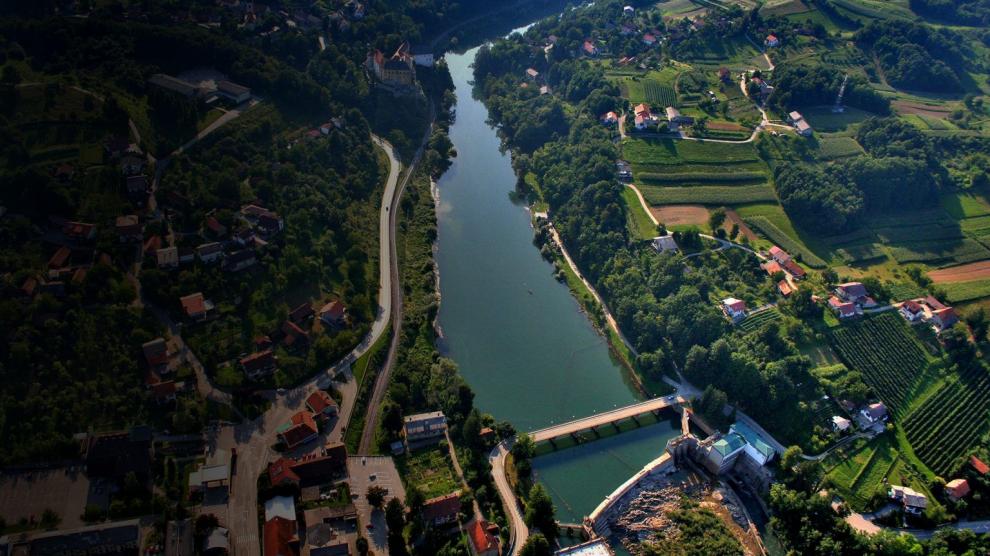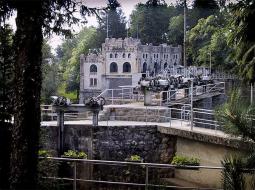Thessaloniki gets ready for its metro launch in November
The underground rapid transit lines have been under construction for almost two decades due to various project delays
 TheMayor.EU logo
TheMayor.EU logo 
Once the seat of a powerful Croatian ruler and the scene of exceptional cultural and historical events, the town of Ozalj and its surroundings can be proud of its rich and glorious past. Today, Ozalj builds its identity and tourist promotion on the foundations of valuable cultural and historical heritage and traditional features of the region.
Thanks to its favourable position, a settlement was created on the limestone rock above the river in prehistoric times on the soil of Ozalj's old town. Zemunica, located in a natural rock depression, can be considered the oldest discovered dwelling in this part of Croatia. An early Romanesque church was discovered in the northern courtyard of the town, also the oldest in the wider Pannonian area. Archaeological finds from prehistory, Roman times and the early Middle Ages testify to the ups and downs, and to the uninterrupted continuity of settlement long before 1244, when the name of the town was first recorded.
Medieval Ozalj
Medieval Ozalj was owned by three of the most powerful Croatian feudal families: Babonić, Frankopan (since 1398) and Zrinski (since 1550). One of the most important buildings within the old town of Ozalj, the Zrinski Palace, was built by the famous Siget hero Nikola Šubić Zrinski in 1556.
In the 17th century Ozalj experienced its most brilliant historical period, becoming the unofficial Croatian capital with Ban Petar Zrinski holding his court there. The tragic execution of the rebels against Viennese absolutism, Ban Petar Zrinski and Count Fran Krsto Frankopan in Wiener Neustadt in 1671, marked the beginning of a dark period in which the city was devastated and looted.
In the 18th century, Count Rajmund Perlas thoroughly renovated it, and the next owner, Count Theodor Batthyány, gave the then predominantly Gothic town its present-day, Baroque appearance. Then, until 1928, the town was owned by the Thurn und Taxis family, the last member of which, Prince Albert, donated the old town to the Society of the Croatian Dragon Brothers. Enveloped by outstanding cultural and historical events, the town of Ozalj and its surroundings can boast a rich and glorious past.
The City of Ozalj has an area of 179.4 km2 and around 8000 inhabitants.
It is located in the central part of Croatia - along the middle flow of Kupa river and Dobra. It is characterized by it interesting geographical peculiarities – southern spurs of Žumberak mountains, the gentle hills in the wine area of Vivodina and Vrhovac, wide and fertile Kupa valley, the hills Vodenica (537 m) and Sv.Gera (1.178 m).
The entrepreneurial infrastructure of Ozalj is officially considered the best in the county and among the best in Croatia. The town is particularly known for having a low unemployment rate.

On the Kupa river in Ozalj one can find the so-called Munjara - a hydroelectric power plant, that was, almost like some kind of castle, built in the middle of the river. This beautiful example of industrial architecture produces electricity even to this day. And from Munjara you will have the most beautiful view of the stony old Ozalj castle, built on a cliff above the Kupa river.